Menu
Close
- Alberta
- British Columbia
- British Columbia Division
- BC Division - Victoria Office
- Cariboo Chilcotin Branch
- Cowichan Valley Branch
- Kamloops Branch
- Kelowna Branch
- Kootenays Branch
- Mid-Island Branch
- Northern BC Branch
- North and West Vancouver Branch
- Port Alberni Branch
- South Cariboo Branch
- South Okanagan Similkameen Branch
- Shuswap-Revelstoke Branch
- Vancouver-Fraser Branch
- Vernon and District Branch
- Manitoba
- New Brunswick
- Newfoundland and Labrador
- Niagara
- Nova Scotia
- Ontario
- Ontario Division
- Brant Haldimand Norfolk Branch – Administrative Office
- Champlain East Branch
- Middlesex Branch
- Cochrane-Timiskaming Branch
- Durham
- Elgin Branch
- Fort Frances Branch
- Grey Bruce Branch
- Haliburton, Kawartha, Pine Ridge Branch
- Halton Region Branch
- Hamilton Branch
- Huron-Perth Branch
- Kenora Branch
- Lambton-Kent Branch
- Muskoka-Parry Sound Branch
- Niagara Branch
- North Bay and District Branch
- Ottawa Branch
- Oxford County Branch
- Peel Dufferin Branch
- Sault Ste. Marie/Algoma Branch
- Simcoe County Branch
- Sudbury/Manitoulin Branch
- Thunder Bay Branch
- Toronto Branch
- Waterloo Wellington Branch
- Windsor-Essex County Branch
- York Region and South Simcoe Branch
- Prince Edward Island
- Quebec
- Saskatchewan
- Yukon
Post-Acute Withdrawal
Home » Supportive Information Sessions » Post-Acute Withdrawal
Post-acute withdrawal (PAW) refers to symptoms that occur after acute withdrawal. These symptoms can be psychological and mood-related that can continue after acute withdrawal symptoms have gone away. Join us to learn the various symptoms of PAW, triggers that may increase PAW symptoms and how you can manage them to avoid a lapse or relapse.
Post-Acute Withdrawal Video
Post-Acute Withdrawal Handouts
We welcome your feedback! Please provide us with feedback about your experience using our online Supplemental Information Sessions.
SIS Feedback Form


